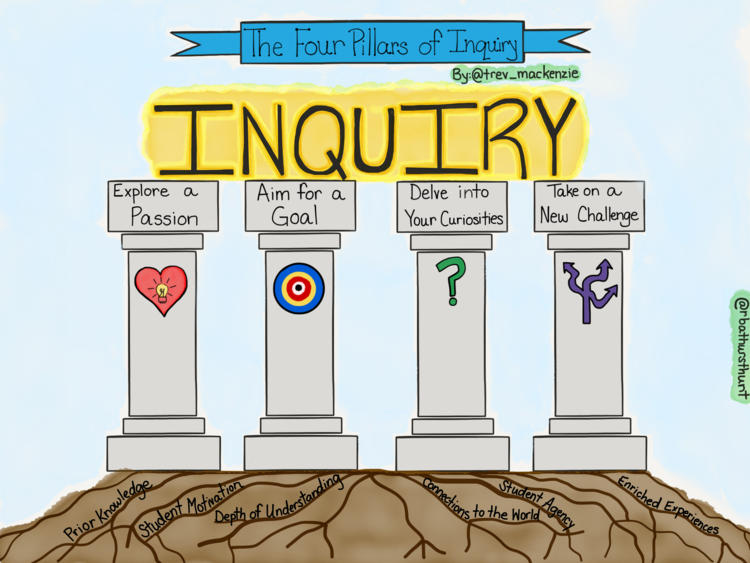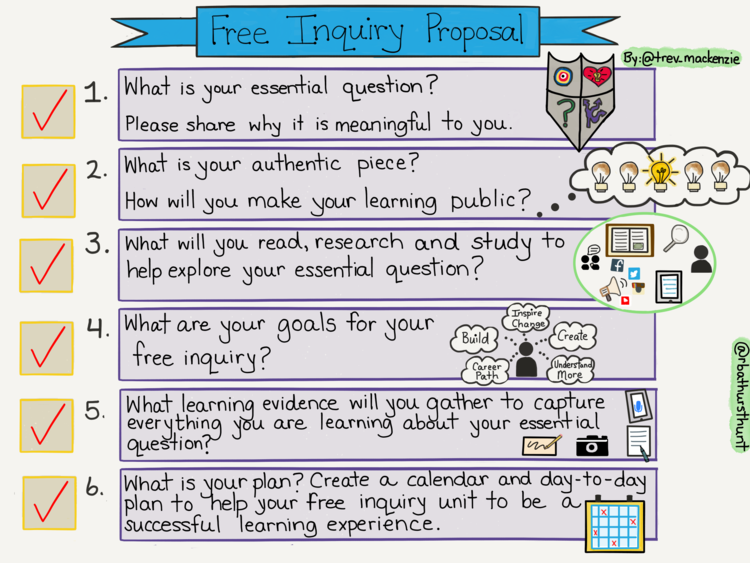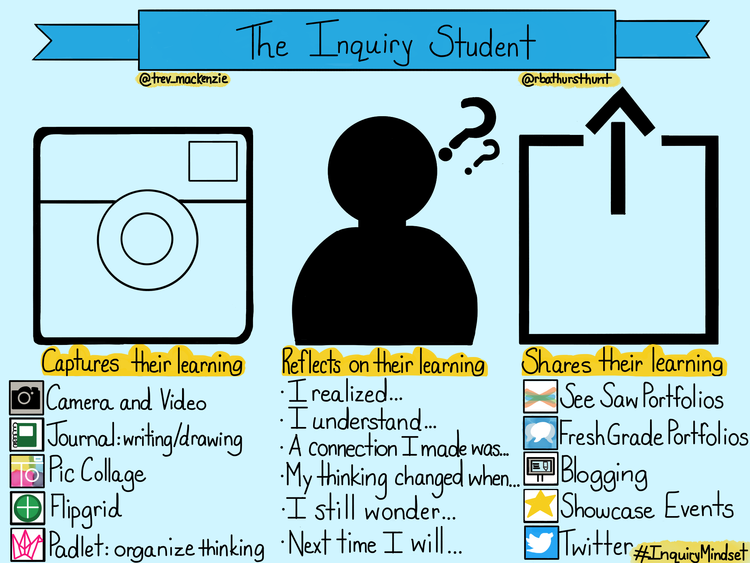from Molly | Buffalo, NYWithout a doubt this is a challenging time for families, who are having to take on the role of supporting their child’s academic learning all the while cope with the stress of our current pandemic. However, in this time of social distancing and isolation, I think this is also a beautiful opportunity for self-exploration, independent learning, and personal discovery that our students do not always have the chance to experience in the classroom. Project-based and inquiry-based learning are wonderful models that allow students to explore a topic of their choosing and develop a wide range of important academic skills, such as researching, informational writing, formulating good questions, and creative thinking. Let’s be honest - motivation is at an all time low right now, especially for those who aren’t used to the level of self-motivation required in a homeschool setting. That being said, the advantage of inquiry-based learning is that it puts the student in charge of the learning process. Your child is engaged because they dive into a topic that interests them, and you sit back and act as a facilitator, coach and guide.  Step 1: Explore a Passion The first step in the inquiry process is to figure out a topic that your child is interested in and would like to know more about. Perhaps they have an obsession with reptiles or wooly mammoths. Maybe they can talk for hours about how computers work, or they can’t seem to stop drawing trees whenever they are given a blank piece of paper (all examples of real students I’ve worked with!). You know your child better than anyone, so guide them in a discussion to figure out a topic they would like to learn more about. Again, what a beautiful opportunity to dive deep into something that they might never have the time to explore in school! Step 2: Aim for a Goal Once you’ve picked the topic, now it’s time to focus on one key area to explore. In the project-based learning world, this is known as an essential question. Since it can be overwhelming to research big topics like reptiles and computers, to develop the essential question, first have your child brainstorm as many questions or “wonderings” that they have about the topic. Example wonderings include:
Your child will most likely come up with a long list of wonderings, some more interesting and thought-provoking than others. Pay attention to trends in their thinking to give you hints for what to focus on. For example, if they write a bunch of questions about how different reptiles eat and live, perhaps their essential question can be, “How do different reptiles survive in their environments?” Or, you or your child can choose one question from the list that you think will be the most interesting. For example, “Are computers smarter than people?” is a great one because there is not a single correct answer, and most likely will require a lot of different resources to research. Step 3: Delve into Your Curiosities Once you’ve chosen your essential question, it’s time to start the inquiry process! If you have access to technology at home, there are many online resources you can access for free. Be sure to check out the Resources page for suggestions! Whether it be videos, books and/or articles, it’s a good idea to discuss how your child will research their essential question and come up with a plan. For younger learners or those less-experienced navigating the web, they might need your guidance to select the “right” resources. If this stage of the process sounds overwhelming, don’t worry! Another beautiful thing about inquiry is that there is flexibility for change. If your child reads a bunch of books about reptiles, and finds that they are more interested in poisonous snakes, let them explore that. If your child reads about wooly mammoths and is now obsessed with dinosaurs, that’s great! The sole purpose of inquiry is not to find the answer to one question, but rather, there is joy in the inquiry process itself. Be open to whatever direction your child leads their learning! Another important aspect to keep in mind is how your child will record their findings. They can jot down notes in a journal, draw pictures, record their voice, take a video, etc. - whatever is easiest and most enjoyable for them that they will understand and be able to reference later. Step 4: Take on a New Challenge Now that your child has delved deep into a topic that interests them, they are experts! It’s time to showcase what they learned. While I enjoy many features of inquiry-based learning, perhaps my favorite is the fact that it grants students choice and autonomy over how they present their thinking. Whether it be a slideshow, video, drawing, poster, or written piece, there are endless options for students to share what they learned in a meaningful and memorable way. Perhaps your child is a visual learner, and wants to create a large scale drawing of a forest with various reptiles and their prey. Or maybe your child thrives with hands-on learning, and would love to create a diagram of a computer out of cardboard and label all the internal parts. If your child is one of those types that can’t stop moving, they could act out a play pretending to be a wooly mammoth and act out what a day in life would be. It will amaze you how much your child is capable of when they are simply given the breathing room to express their learning in a way that is comfortable and enjoyable for them. I hope these ideas make learning at home more manageable, enjoyable and comprehensible for you and your family! Here are some resources you can use to guide your inquiry projects, including articles, graphic organizers, planning tools, picture books, and visuals: https://www.trevormackenzie.com/elevate-resource https://www.trevormackenzie.com/diveintoinquiryvideos Molly Rutter is the Buffalo State School of Education Graduate Assistant. Molly has her master’s degree in Childhood Education (Grades 1-6), and this summer will complete her NYS certification in Childhood Education and Teaching English to Speakers of Other Languages (TESOL). With a particular passion for project-based and inquiry-based learning, Molly shares some creative ways you can ignite your child’s curiosity and explore their interests across any subject area.
0 Comments
Leave a Reply. |
WELCOME!
Hearing from others can be the antidote to the overwhelm and stress you feel as you navigate homeschooling. Longstanding teachers, retired educators, brand new homeschooling parents and guardians, budding teacher candidates...we want to hear from you! Please contact us to share your wisdom, struggles, support, ideas, advice, empowerment, and inspiration. Archives
March 2021
Categories |


 RSS Feed
RSS Feed